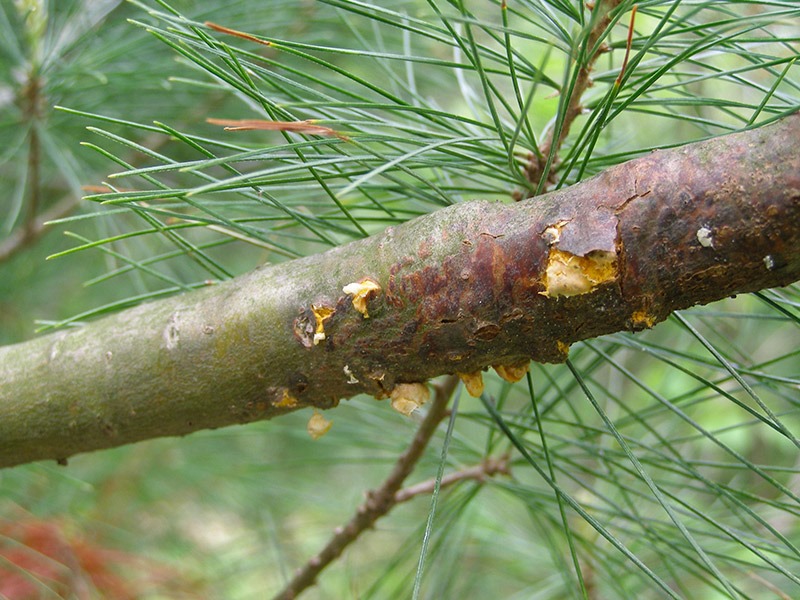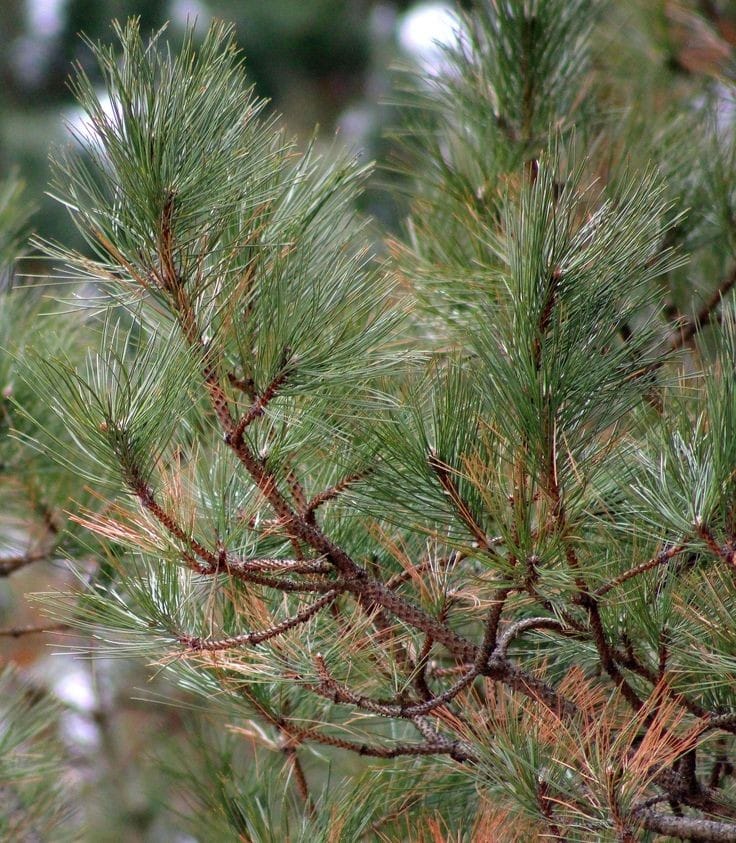London Pine Plant
London Pine, possibly referring to a specific plant variety, may have varying care requirements. Generally, provide well-draining soil, appropriate sunlight, and regular watering. Pruning and fertilizing practices may vary based on the specific characteristics of this plant.
Habit
Tree
Height
20 to 30 m
Growth
Slow
Soil
Well Drained, sandy loam
Shade
Full Sun
Moisture
Moist
Edible
No
Medicinal
No
Origin
Europe
Climatic Condition
Temperate, Subtropical
Temperature (°)
15°C to 25°C
Humidity (%)
50% to 60%
Potting media
50% Loam, 40% Sand, 10% Compost
Fertilizers
Organic Fertilizer
Watering
Regular watering
Plant Weight
20 to 30 kg
Flowering Time
Spring to Summer
Soil Ph level
6.0 to 7.5
Water Ph level
6.0 to 7.0
Soil EC
0.6 to 1.0 mS/cm
Yield Per Plant
40 to 60 kg per plant
NPK ratio
03:01:02
life Span
50 to 100 years
Health Benefits
Timber, Air-purifying
Suggested Grow Media or Potting Mix ?
50% loamy soil, 30% compost, 20% sand
Suggested Fertigation/Fertilizers
Fertilize every 4 weeks with a balanced fertilizer.
Common Diseases and Remedies
pitch canker of pine , rust
damping-off of young seedlings. Root decay. Small red - yellow spots on the leaves .
baking soda
HEALTH BENEFITS
Likely refers to an ornamental conifer; no known medicinal benefits.
What Is An London Pine ?
London Pine is a plant that can be found in small gardens all over India. The overall shape is conical, with the crown becoming more irregular and enlarged with age. The bark is rusty brown and fibrous. Numerous slender upward branches bear shoots that spread out on a flat vertical surface. The leaves overlap like small scales and are located near the shoots.
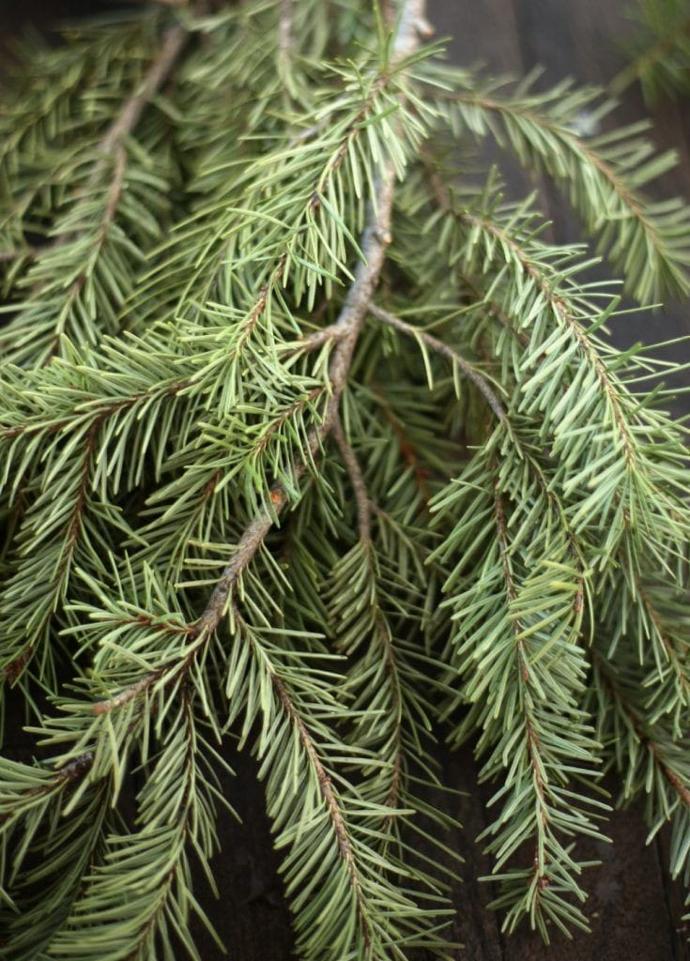
What Are The Different Types Of London Pine ?
1. Scots pine (Pinus sylvestris)
Native to Europe and Asia, it is best known for its straight trunk and pyramidal shape.
2. Eastern white pine (Pinus strobus)
Common in the north-eastern United States and Canada, these pines grow up to 80 feet tall, are conical, and have five needles per bunch.
3. Ponderosa Pine (Pinus ponderosa)
Large pine tree with reddish-brown bark and long needles that grows in groups of three in western North America.
4. Lodgepole Pine (Pinus contorta)
Lodgepole pines are found throughout western North America and are known for their slender, twisted trunks and two needles per cluster.
5. Longleaf Pine (Pinus palustris)
A tall attractive pine tree native to the south-eastern United States. These trees have long needles and a distinctive umbrella-like appearance.
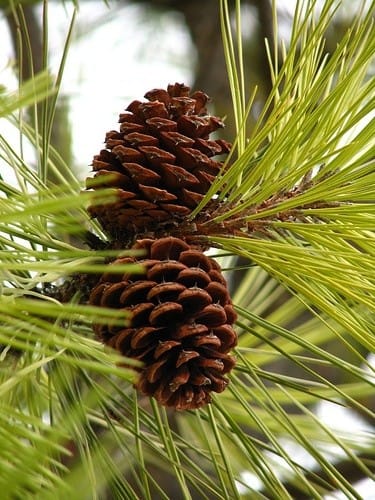
How to Care London Pine ?
1. Location
London Pine grows abundantly in temperate regions around the world. This tree can tolerate especially hot summers as long as the soil is moist. London Pine is perfect for larger landscapes and gardens where its majestic presence is appreciated as a focal point or as part of a woodland environment. These trees are often found in parks, large estates, and public gardens, adding elegance and natural beauty to the surrounding area. London Pine can also be planted in urban environments such as roadsides and squares, helping to green the urban landscape.
2. Sunshine
Full sun is ideal for pine trees, but partial shade is acceptable. They need at least four hours of direct sunlight each day, but six hours or more is better. Adequate sunlight also contributes to the strong and vigorous growth of pines and promotes their development.
3. Soil
Although adaptable to most growing conditions, this tree grows best in nutrient-rich, deep, well-drained soil. Grows in loamy, sandy, and clay soils. It also tolerates acidic and alkaline pH levels and some soil compaction. London Pine prefers well-drained soil with a slightly acidic to neutral pH. Please ensure good drainage to avoid water blockages.
4. Hydration
Trees require moderate to high amounts of water, depending on the amount of heat and sun they receive. Prefers consistently moist soil, but can tolerate some drought. Adding mulch around the base of the plant will help retain moisture in the soil.
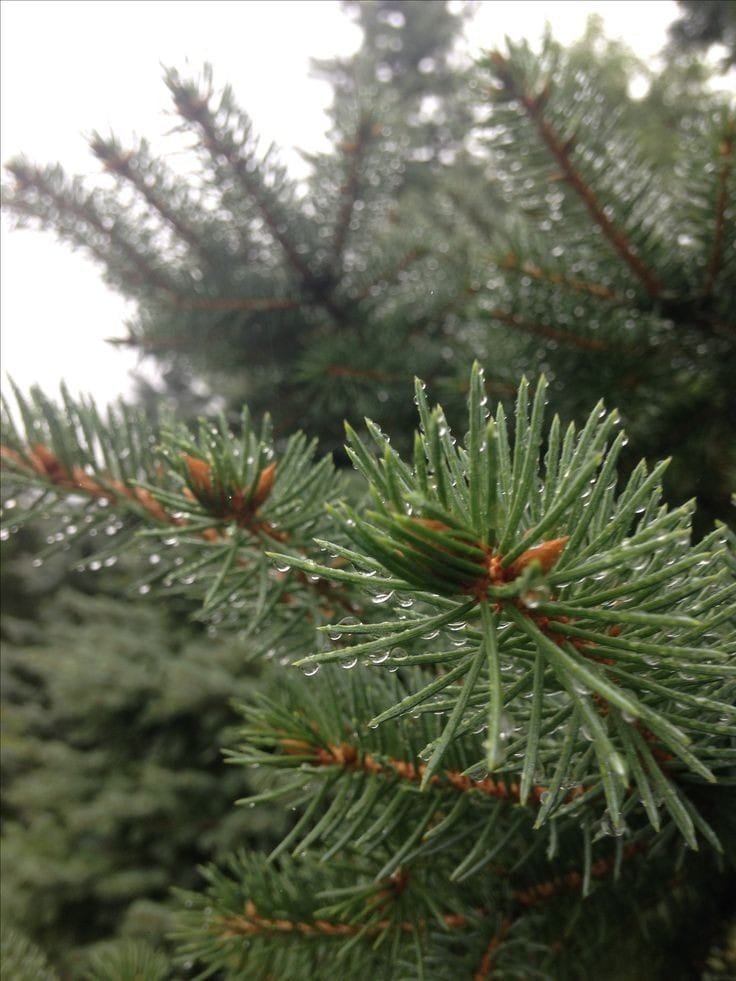
5. Nourishment
Plants are often planted in poor soil or limited space, which can lead to nutritional deficiencies. In this case, fertilize the tree in early spring and fall according to label instructions. Be sure to test your soil samples.
6. Issues
Pine trees are most commonly affected by fungal pathogens, but some are caused by fungus-like organisms called oomycetes. The most common diseases affecting pine trees are pinhole, rust, pitch canker, root rot, and leaf blight. Many of the diseases that affect pine trees are species dependent, and some pine species may be more resistant to certain diseases than others. When managing pine tree pathogens, emphasis is placed on proper identification and prevention. Pine trees are evergreen trees, so if you notice your leaves turning brown, it could be a sign of pine disease.
What are the Benefits of London Pine ?
Numerous scientific studies show that trees promote health and well-being by reducing air pollution, promoting physical activity, improving mental health, promoting social bonds, and even strengthening the economy. Shown. The world is facing increasing concerns about climate change, including rising temperatures and frequent abnormal weather events. It's helpful to know that trees can provide the infrastructure needed to lower temperatures in cities and support stormwater management.
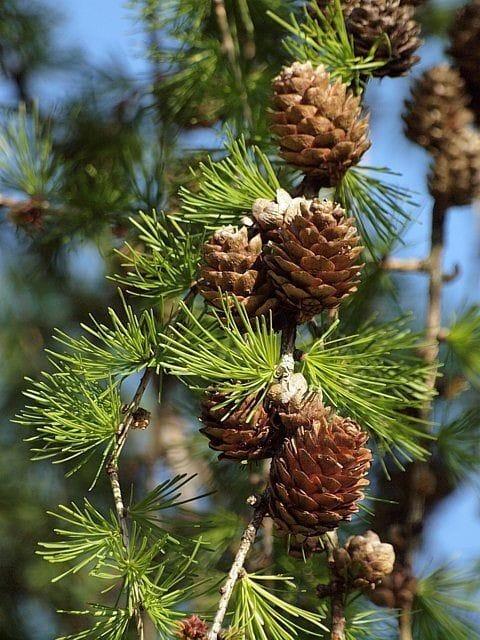
FAQs About Growing London Pine
1. What is London pine used for ?
London pine is highly valued as a light, smooth, and relatively stable wood. It is used in construction such as frames, poles, and utility poles, and in the manufacture of furniture, fences, and paper products.
2. Are London pines important as wildlife habitat ?
Yes, London's pine forests provide habitat for a wide range of wildlife species including birds, mammals and insects. Dense tree canopies and understory vegetation provide nesting sites, cover, and food sources for many species.
3. Can London Pine be grown in a home landscape ?
London Pine can be grown in a home landscape in the right climate, but its size and rapid growth may not be practical in small gardens due to the possibility of Suitable for large estates and rural environments.
4. Is London Pine used for reforestation activities ?
Yes, London Pine is commonly used for reforestation and restoration projects throughout its native range. It is prized for its ability to establish itself in disturbed or degraded areas and grow rapidly.
5. How does London Pine contribute to ecosystem resilience ?
London pines play an important role in ecosystem resilience, particularly in fire-adapted landscapes. Serotinic cones remain closed until exposed to fire, promoting regeneration and recovery after fire.


